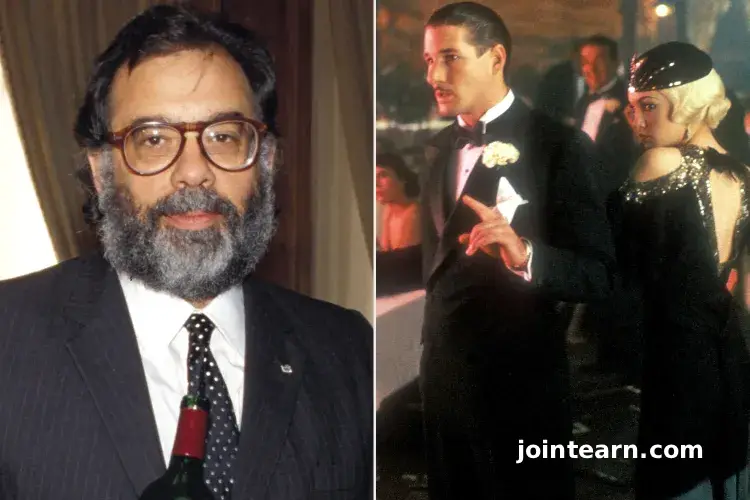
Francis Ford Coppola’s 1984 film The Cotton Club has long been remembered as a movie mired in scandal, chaos, and creative compromise. Decades later, Coppola has revisited the project to restore his original vision, offering fans a chance to see the film as he initially intended.
Author John Malahy delves into the making of The Cotton Club in his new book, Rewinding The ’80s: Cinema Under the Influence of Music Videos, Action Stars, and a Cold War, highlighting the trials and tribulations behind one of Coppola’s most ambitious 1980s projects.
Coppola’s Original Vision and the Story Behind the Film
The Cotton Club, based on James Haskins’ 1977 novel, tells a fictionalized story of the famous Harlem nightclub of the 1920s and ’30s. The club was renowned for its musical performances by Black artists, including Duke Ellington, Lena Horne, Ethel Waters, and dancer Bill “Bojangles” Robinson, while catering to white audiences.
Coppola initially came on board as a screenwriter before taking the director’s chair. Partnering with former Paramount executive Robert Evans, who was then working independently, Coppola hoped to create a grand cinematic homage to the Jazz Age.
Evans, in his 1994 memoir The Kid Stays in the Picture, famously described the film as:
“Violence, sex, music, I’m holdin’ The Godfather with music. Look out, eighties—here I come!”
Scandals and Setbacks During Production
Despite the excitement surrounding the project, the production of The Cotton Club was plagued by serious issues. According to Malahy, the film’s making was rife with scandal:
- Evans faced cocaine-possession charges.
- One investor involved in the project was murdered.
- Mob intimidation forced Evans to cede control of production.
- Another investor sued all partners for breach of contract, barring Evans from postproduction.
These issues, combined with distributor-mandated narrative restructuring, led to the film being heavily edited, leaving many Black characters and their musical performances on the cutting-room floor.
The Film’s Release and Reception
The Cotton Club premiered on December 14, 1984, to a mixed reception. Audiences responded positively, but critics were less impressed. Commercially, the film struggled, grossing only $2.9 million during its opening weekend, competing against blockbusters like Beverly Hills Cop, Dune, and City Heat.
Richard Gere and Diane Lane starred in the central storyline, while Gregory Hines’ performance added depth to the film’s portrayal of Harlem’s vibrant music scene. Despite its challenges, the film has remained a topic of interest among cinema historians and fans of Coppola’s work.
Reclaiming the Original Vision: The Cotton Club Encore
In 2019, Coppola revisited the film with The Cotton Club Encore, a re-edited version that restored its original narrative, giving more balance to the storylines of Richard Gere and Gregory Hines. Coppola explained at the New York Film Festival:
“They said, ‘It’s too long, there’s too much tap dancing, too many Black people.’”
The recut, which cost $500,000, aimed to present the film closer to Coppola’s initial vision. Speaking to IndieWire, he emphasized:
“When people have a chance to see it on a big screen, how beautiful and much better it works, that someone will wish to show it in limited release and that will pay back some of the $500,000… At worst, it will be seen as it was meant to be. With all the lawsuits and the murder [would-be producer Roy Radin] and the film being impounded, it will have a life. It was rather a damaged project, dismembered and argued over.”
Legacy of The Cotton Club
Though The Cotton Club faced numerous obstacles during production and struggled at the box office, its historical significance and Coppola’s dedication to reclaiming the film have cemented its place in cinema history. The Encore edition highlights the rich musical performances and intricate storytelling that were often overshadowed in the original release, offering a renewed appreciation for one of Coppola’s most ambitious works of the 1980s.


Leave a Reply